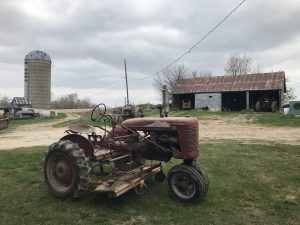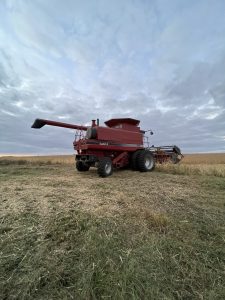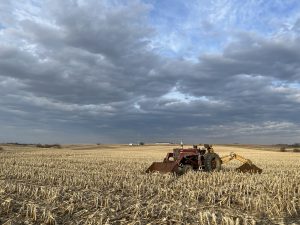Why life estates are tricky, yet again.
No secret here, I am not a fan of life estates. This is a division of real estate between a person who gets occupy use and collect rents (and pay property taxes and not destroy the property) called life estate ...
Read More Govern yourself accordingly
I had a whole thing on estate planning but as is the want of the fed, they passed a medium sized, somewhat attractive law that has people’s attention, as it should. So, we will shelve the SNOT Wars discussion for ...
Read More Land Grab, Cash Grab, People Grab, and repeat.
Name an asset class that is guaranteed by the US government to have a rate of return. Land. Between crop supports and crop insurance subsidies, the government will guarantee that an investor in land has a return if they know ...
Read More Where are we going and what are we doing? The Pinto Principle.
Ford Pintos were a disaster. Specifically, the fuel tank was prone to explode. The bean counters… (Ironically Pinto bean counters specifically I suppose) decided that it was cheaper to pay the lawsuit costs when people burned to death than the ...
Read More The world is changing
Not just a great line from a Tolkien movie or a Henny Penny the sky is falling reaction, but to be clear, the world is changing. As much as the plow, the internal combustion engine, the all weather cab and ...
Read More 





